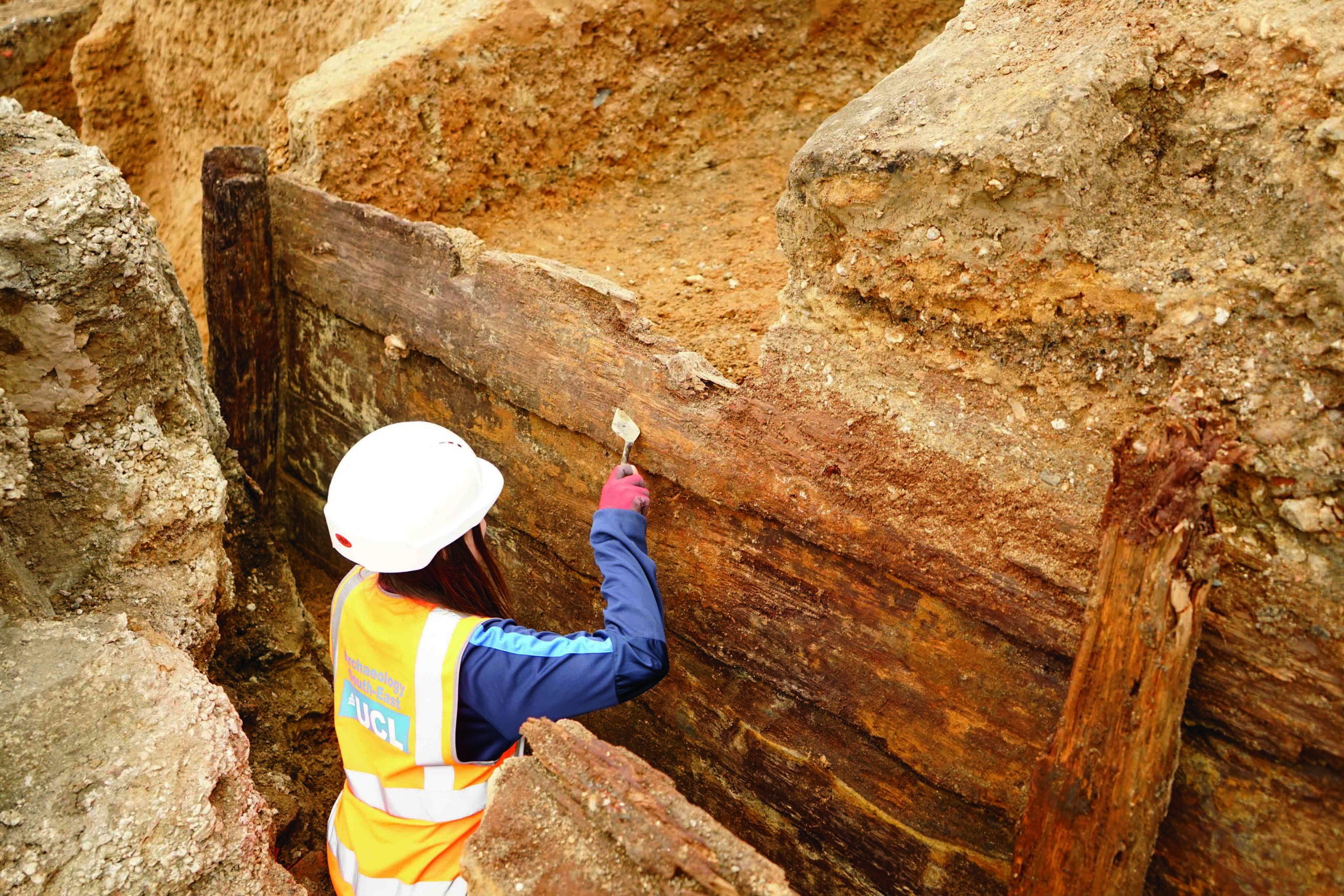WILLIAMSBURG, VIRGINIA—Archaeologist Jack Gary of Colonial Williamsburg announced the identification of a human tooth and a finger bone in disturbed earth at the site of the First Baptist Church building on South Nassau Street, according to a WTKR report. The congregation, founded by free and enslaved African Americans in 1776, began meeting on the site in 1818, and met in different buildings there until the founding of Colonial Williamsburg in 1956, when the congregation moved to another location. Church records were destroyed by flood and fire over the years, explained church member Connie Harshaw, who is also president of the church’s Let Freedom Ring Foundation. “Being able to identify individuals—like a named individual—is difficult, if not impossible,” Gary added. The excavation team is not sure how many grave shafts may remain on the property, but current church members have given permission for the investigation to continue. For more on the archaeology of churches in Colonial Williamsburg, go to "Knight Watch."
Human Bone Found at Site of Williamsburg’s First Baptist Church
News February 22, 2021
Recommended Articles
Letter from Virginia July/August 2015
Free Before Emancipation
Excavations are providing a new look at some of the Civil War’s earliest fugitive slaves—considered war goods or contraband—and their first taste of liberty
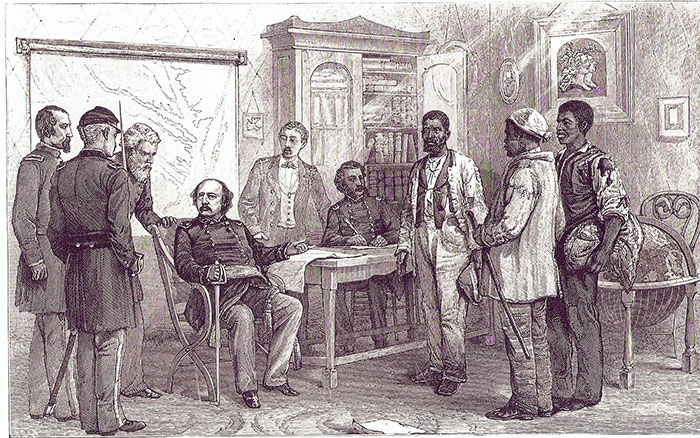
Letter from Virginia September 1, 2011
American Refugees
Thousands of escaped slaves made a new life in one of the world's most unwelcoming places—the Great Dismal Swamp, full of sink holes, thorns, snakes, bears, and bugs—for a chance at self-determination
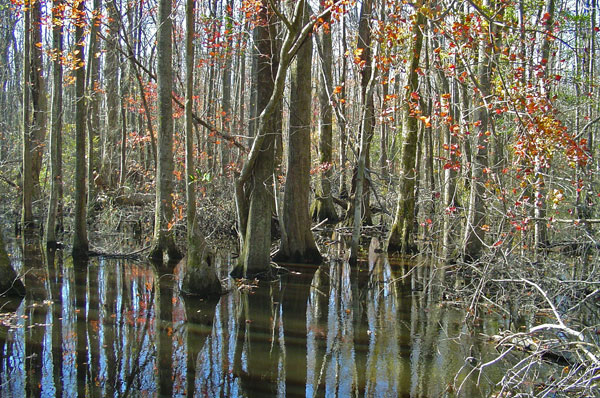
Digs & Discoveries November/December 2025
Washington Risks It All

Letter from Williamsburg July/August 2025
A New Look at an Old City
Archaeologists are reconstructing the complicated 400-year history of Virginia’s colonial capital

-
 (Pasquale Sorrentino)
(Pasquale Sorrentino) -
Features January/February 2021
Return to the River
Members of Virginia’s Rappahannock tribe are at work with archaeologists to document the landscape they call home
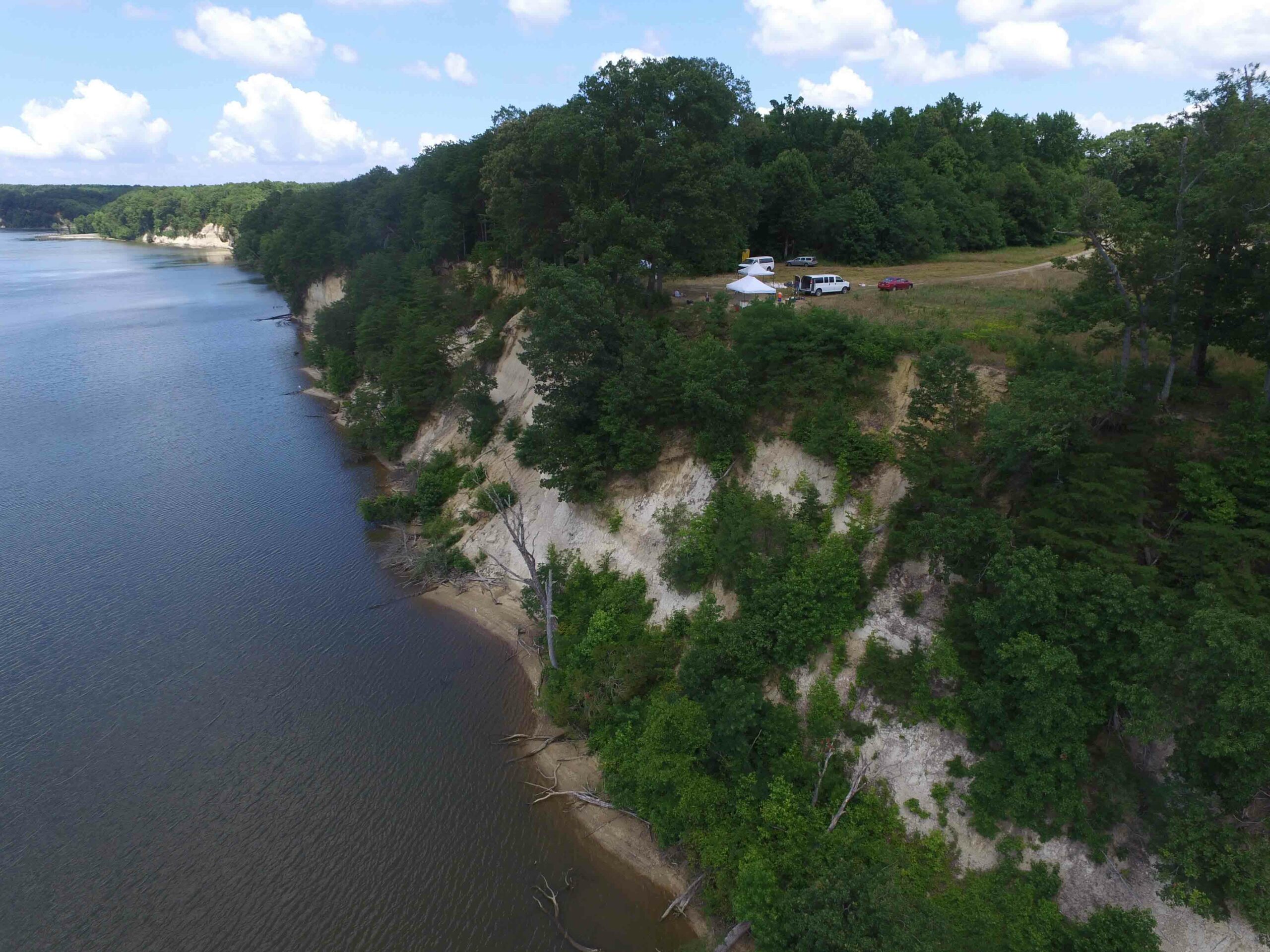 (Courtesy Julia King)
(Courtesy Julia King) -
Letter from Woodhenge January/February 2021
Stonehenge's Continental Cousin
A 4,000-year-old ringed sanctuary reveals a German village’s surprising connections with Britain
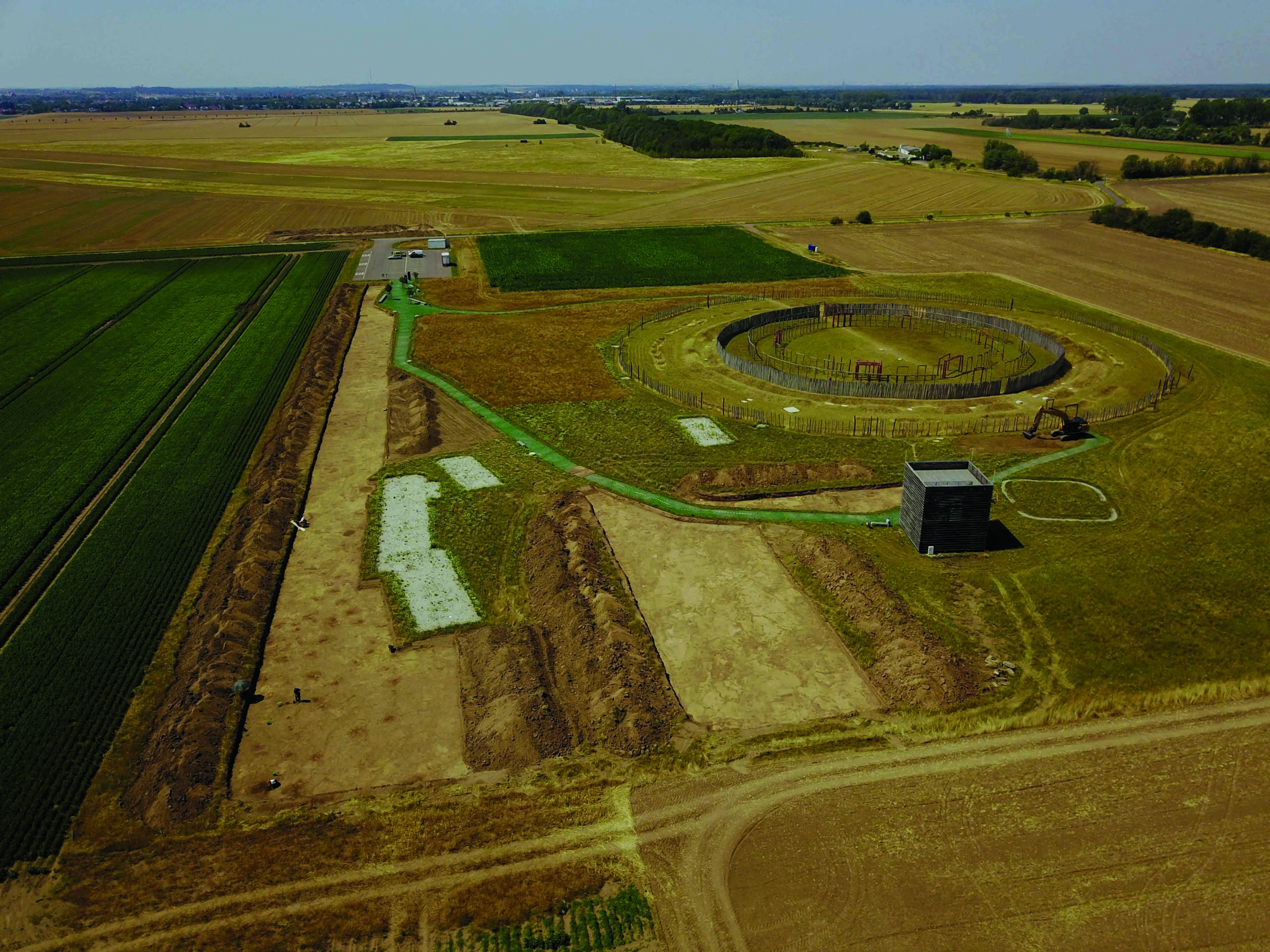 (Photo Matthias Zirn)
(Photo Matthias Zirn) -
Artifacts January/February 2021
Inca Box with Votive Offerings
 (Courtesy Teddy Seguin/Université Libre de Bruxelles)
(Courtesy Teddy Seguin/Université Libre de Bruxelles)


